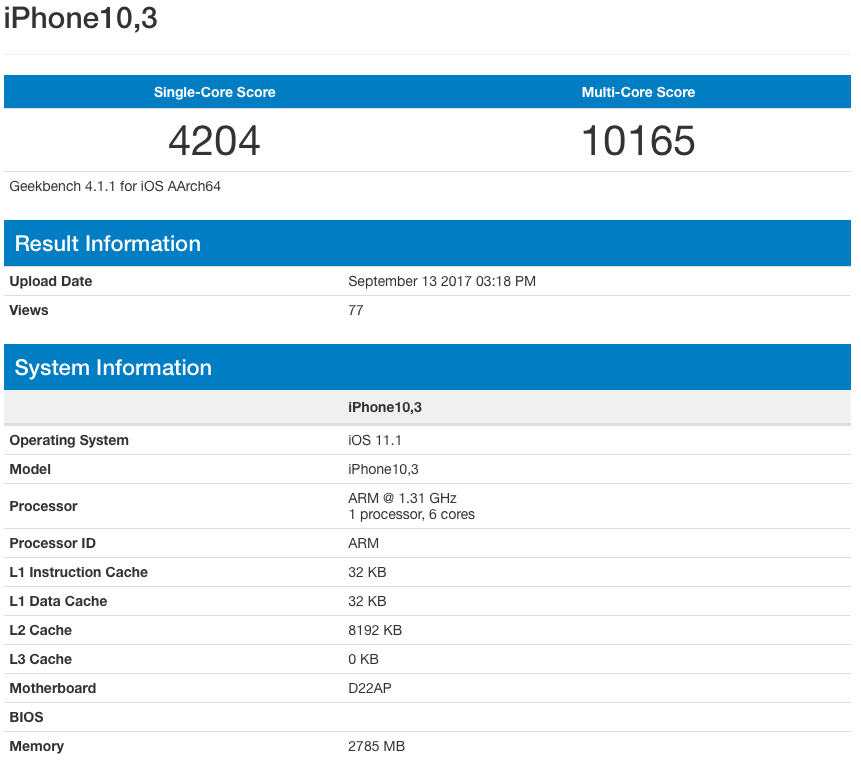
Apple has been designing its own mobile CPUs (and now GPUs as well) for years even though it has used Intel’s chips to power its Mac notebooks and desktops since 2005.
In the meantime, Pete Bernard, Principal Group Program Manager for Connectivity Partners at Microsoft, confirmed to Trusted Reviews today that ARM-driven Windows notebooks will have battery life “beyond our expectations.”
Windows goes ARM
Here’s the full quote:
To be frank, it’s actually beyond our expectations. We set a high bar and we’re now beyond that. It’s the kind of battery life where I use it on a daily basis. I don’t take my charger with me. I may charge it every couple of days or so. It’s that kind of battery life.
“I would consider it a game-changer in terms of the way people have experienced PCs in the past,” he added. HP, Asus and Lenovo are apparently working with Microsoft on these ARM laptops.
For context, Microsoft and Qualcomm announced back in December 2016 that first Windows 10 laptops powered by Qualcomm’s ARM-based Snapdragon 835 mobile chips would be coming to market by the end of this year, in December 2017.
“We are still moving towards that timeline,” Bernard said.
Of note, Snapdragon 835 is the same chip powering flagship phones like Samsung’s Galaxy S8, LG’s V30 and OnePlus 5. The executive says Microsoft has been working furiously in Redmond and with its partners in San Diego on bringing ARM-powered Windows notebooks to market.
“We have hundreds of these devices being used on a daily basis in Redmond,” he went on.
Apple does not disclose its produce roadmap, but some analysts like KGI’s Ming-Chi Kuo think a MacBook powered by Apple’s custom ARM-based CPU is due in the next 12-24 months.

Apple’s A11 Bionic chip provides MacBook Pro-level performance at lower power consumption.
Apple already has a custom ARM chip in the latest MacBook Pro notebooks, but it’s just a cryptographic coprocessor tasked with securing your Touch ID data, webcam input and the Touch Bar screen.
A secret transition?
Bloomberg said in February that Apple was working on a dedicated ARM-powered chip to handle low-power features in MacBooks more efficiently than the main Intel chip currently allows, but Macs using that piece of silicon have yet to emerge.
Back in 2002, Bloomberg said Apple had tasked its un-retired Technologies chief Bob Mansfield to explore ways to replace Intel processors in Macs with a version of the chip technology it uses in iPhones and iPads, with the goal of launching such an ARM-based notebook in 2017.
Now, macOS High Sierra code includes some suspicious strings that may or may not mean Apple is working on an ARM-based notebook. If such a project does exist in Apple’s labs, the company should be credited for keeping it secret all these years.
Eagled-eyed readers may point to Apple’s switch from Power PC to Intel chips in 2005. Back then, the company stunned WWDC attendees by revealing that every version of the Macintosh operating system had been secretly developed and compiled for Intel processors as they were developed.
Has Apple been developing latest macOS releases for the ARM instruction code in parallel with their x86 counterparts? Only time will tell. But I do think that an ARM-powered MacBook is inevitable.
ARM MacBook is inevitable
We may not see a MacPro with a custom Apple chip anytime soon, but I have no doubt in my mind that they’re working on a consumer Mac notebook powered by an in-house design ARM CPU and custom GPU optimized for power consumption.
Not only would such a product mean Apple was taking its desktop chip destiny into its own hands, but would allow for even thinner and lighter MacBooks with possibly multi-day battery life and new vertically integrated features like fully hardware-assisted full-disk encryption, secure networking, improved responsiveness and more.
Your two cents
So, will PC makers beat Apple in designing ARM laptops with multi-day battery life? Will we ever see a MacBook driven by a custom Apple CPU? Is such a MacBook a question of “if” or “when,” do you think?
Let us know what you think by leaving a comment below.